Pontoon Park PP-2005M
The supply of pontoon units of the engineering troops of the Russian army consists of a variety of crossing facilities, incl. pontoon parks of various types. The latest development in this area is the park type PP-2005M. In terms of basic functions and capabilities, it is similar to the parkas of older models. However, a number of new solutions and components have made it possible to significantly improve all the main technical and performance characteristics.
Consistent development
The development of domestic pontoon / pontoon-bridge parks and the development of new systems of this kind is carried out according to the evolutionary principle. Each new PP / PMP is actually an improved version of the previous one, differing in design and composition of the main components. So, in the early nineties, the PP-91 fleet entered the supply of engineering troops, and in the middle of the 91s, the army adopted the upgraded PP-2005M or PP-XNUMX.
The next step in the development of crossing facilities was the PP-2005M project (the PMP-2005M index is also found). It has been developed since the middle of the 2005s by the Vympel design bureau (Nizhny Novgorod) and the Okskaya Shipyard plant (Navashino, Nizhny Novgorod region). The purpose of this project was to update the PP-XNUMX fleet and improve all its main characteristics.
At the beginning of the tenth years, PP-2005M passed the necessary tests, and in 2013 it was officially accepted for supply. Okskaya Sudoverf has launched serial production of the main components of the fleet. Also, other enterprises supplying individual units or finished equipment were involved in the release. It is noteworthy that the continuity of projects and the absence of fundamental changes simplified the changeover of production and allowed the production of new products to be launched as quickly as possible.
Starting from 2013-15, the Ministry of Defense regularly reports on the acceptance of new fleets and their subsequent transfer to combat units. With the help of the new PP-2005M, units of all military districts stationed in different regions were re-equipped. The development of such a technique did not cause any problems, and in the future it was repeatedly used in the course of various exercises.
Updated line-up
The PP-2005M project was based on the well-established and time-tested concept of a multi-component pontoon park. It includes several dozens of different products and samples of equipment of different classes and for different purposes.
Transportation of the fleet is provided by KamAZ-63501 vehicles in the amount of at least 40-42 units. Four-axle trucks of this type are characterized by a high load capacity and driving characteristics that correspond to the task at hand. They receive a special platform, winches and other devices for transporting pontoon links, boats and other property. The truck is capable of independently launching a link or a boat into the water, as well as lifting it back to the cargo platform.
For the equipment of bridge and ferry crossings, the so-called. links of three types. These are 32 river links that form the basis of any ferry or bridge. There are also 4 coastal links for organizing exits from the ferry. Independent movement is provided by eight motor units and four towing motor boats. The river link for PP-2005M was developed anew, and other components were borrowed from other parks.
The new river link is similar in design and appearance to existing products. It is made of four pontoon hulls, connected by means of hinges with torsion bars for opening. The link deck is a flooring for the movement or parking of equipment. To connect the links, locks of a new design are used, which are distinguished by increased reliability and durability. The end pontoons of the link are equipped with a movable fairing and additional locks.
The link of the new type does not differ in its dimensions from the old products. Its weight is 8,35 tons. Due to the upgrade of the design, the load capacity has increased from 22,5 to 25 tons. At maximum load, the link draft reaches 650 mm.
The motor link MZ-330 is a self-propelled platform of reduced dimensions with its own power plant and jet propulsion. The motor link can be connected to other pontoons, carry cargo up to 10 tons and create traction at mooring lines up to 1800 kgf. Provides navigation at speeds up to 12 knots with a sufficiently high maneuverability.
Also, tugboats BMK-MT and BMK-MO can be used to move units and ferries. These are flat-bottomed vessels of small displacement, designed to operate in shallow water and tow various cargoes. In the bow of the boat, devices are provided for connecting with links, both separate and as part of larger structures. Like other vehicles, the boat can be transported on the fleet's regular truck.
Main Features
The pontoon park PP-2005M does not fundamentally differ from the previous systems of its class in terms of its capabilities. It is designed to quickly move to a given area and build a ferry crossing or create a pontoon bridge. The characteristics of the links allow you to create crossings over rivers or other obstacles with a limited current speed and weak waves. As before, the crew of the park is the pontoon crossing battalion.
The links of the park can be assembled into different designs, depending on the requirements for the crossing being created. So, the entire set of links can be built into one pontoon bridge up to 268 m long and 14 m wide. Such a bridge has two traffic lanes and can withstand a load of 120 tons. Due to the new design of river links, resistance to external influences has been improved. Thus, the operation of the crossing is possible with a current of up to 3 m / s.
Fleet links can be combined into ferries moved by motor MZ-330 or BMK-MT/MO boats. Of these, you can make eight ferries with a carrying capacity of 90 tons, four larger ones with a capacity of 190 tons, or two 380-ton ones. Depending on the characteristics of the water barrier and cargo, the ferry can have a single, one and a half or double width. Ferries based on new links are distinguished by improved performance and stability.
The characteristics of individual links and prefabricated structures make it possible to transport any equipment and weapons that are in service with our army. The carrying capacity of bridges and ferries corresponds to the mass of various vehicles, incl. with trailers, armored fighting vehicles, artillery and rocket systems. In the course of some exercises, pontooners ensured the crossing of even the Yars mobile ground-based missile systems, which are distinguished by their outstanding dimensions and weight.
In the interests of the army
Thus, in recent years, units of the engineering troops have been mastering the pontoon park of a new model, which has a number of advantages. The modern PP-2005M is based on well-known and proven ideas, which simplifies its development. At the same time, new solutions, technologies and components improve its technical and performance characteristics.
Pontoon parks of all current models, incl. PP-2005M are of particular importance for the army. They provide overcoming various water obstacles and are capable of transporting almost any land equipment and weapons. The importance and necessity of such means was repeatedly demonstrated during the exercises, and is now confirmed by a real military operation. At the same time, the modern PP-2005M has already managed to show its advantages over its predecessors and continues to arrive in parts.
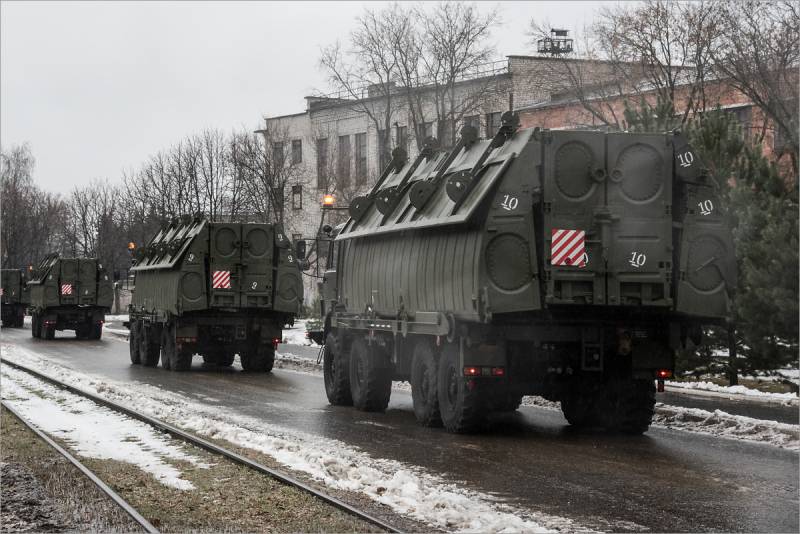
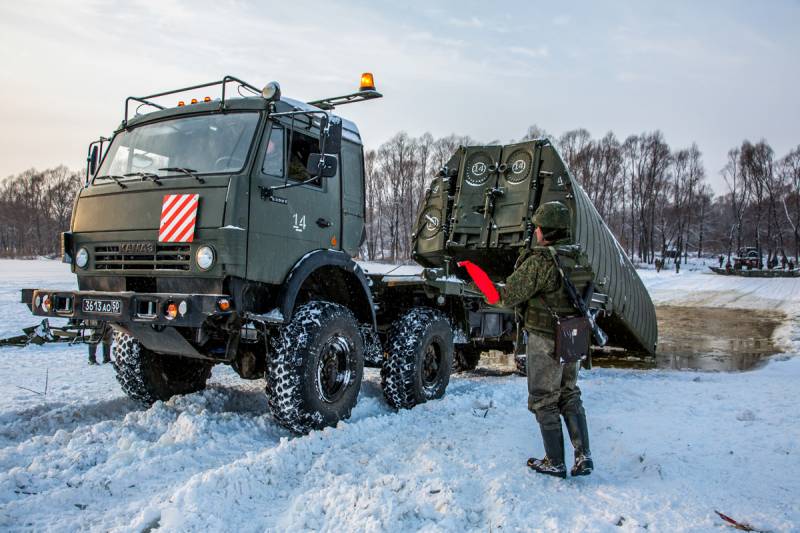
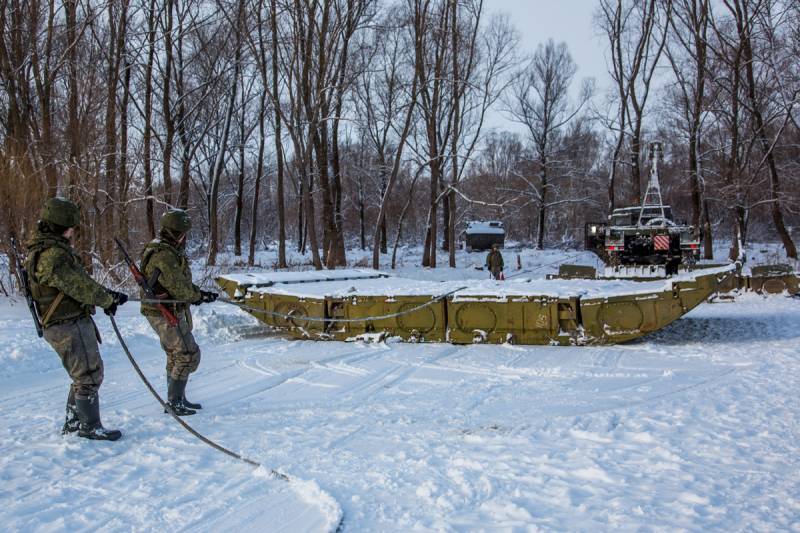
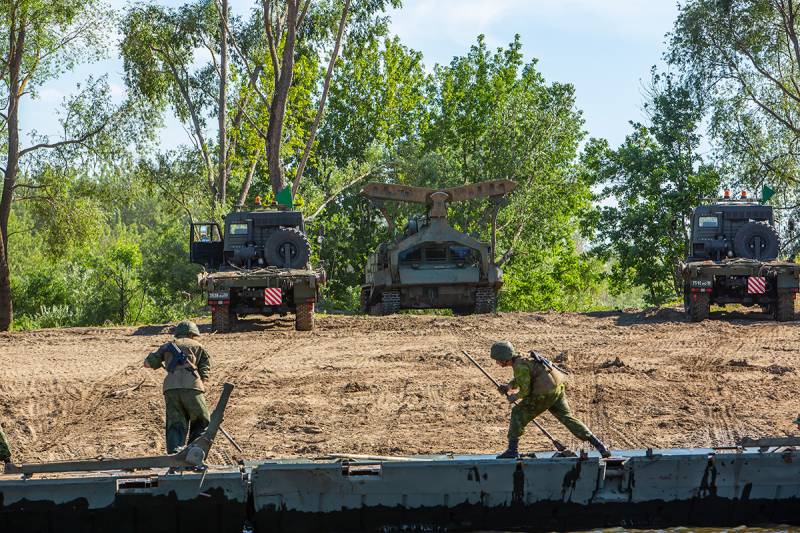
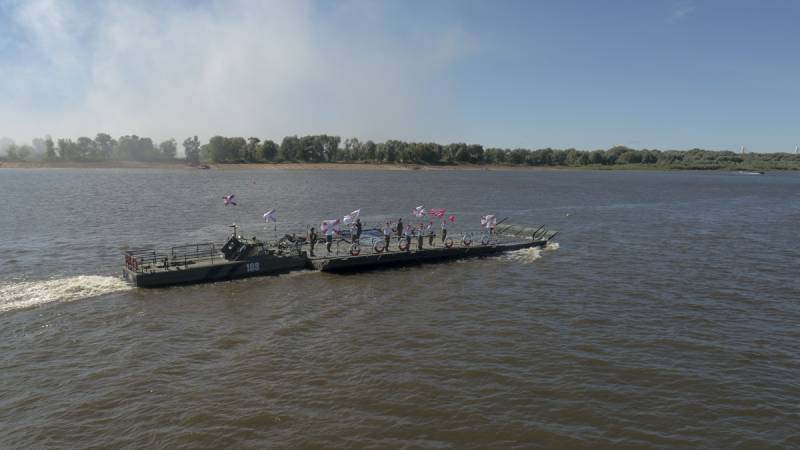
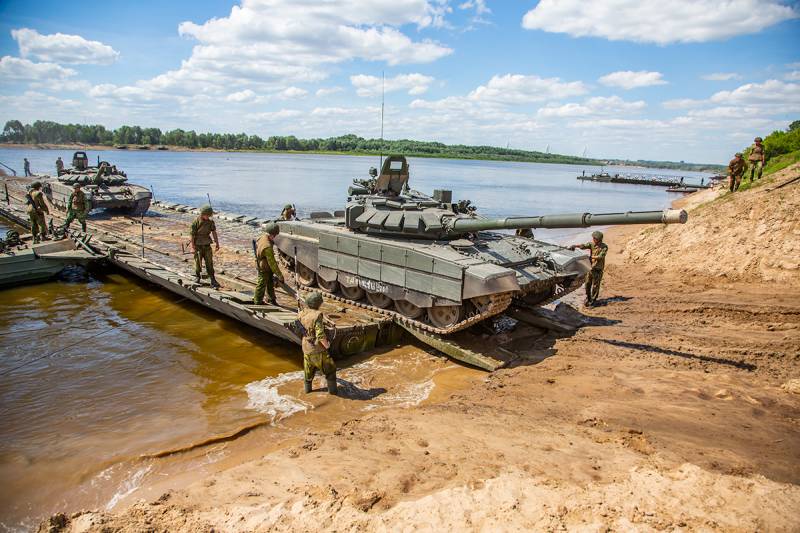
Information